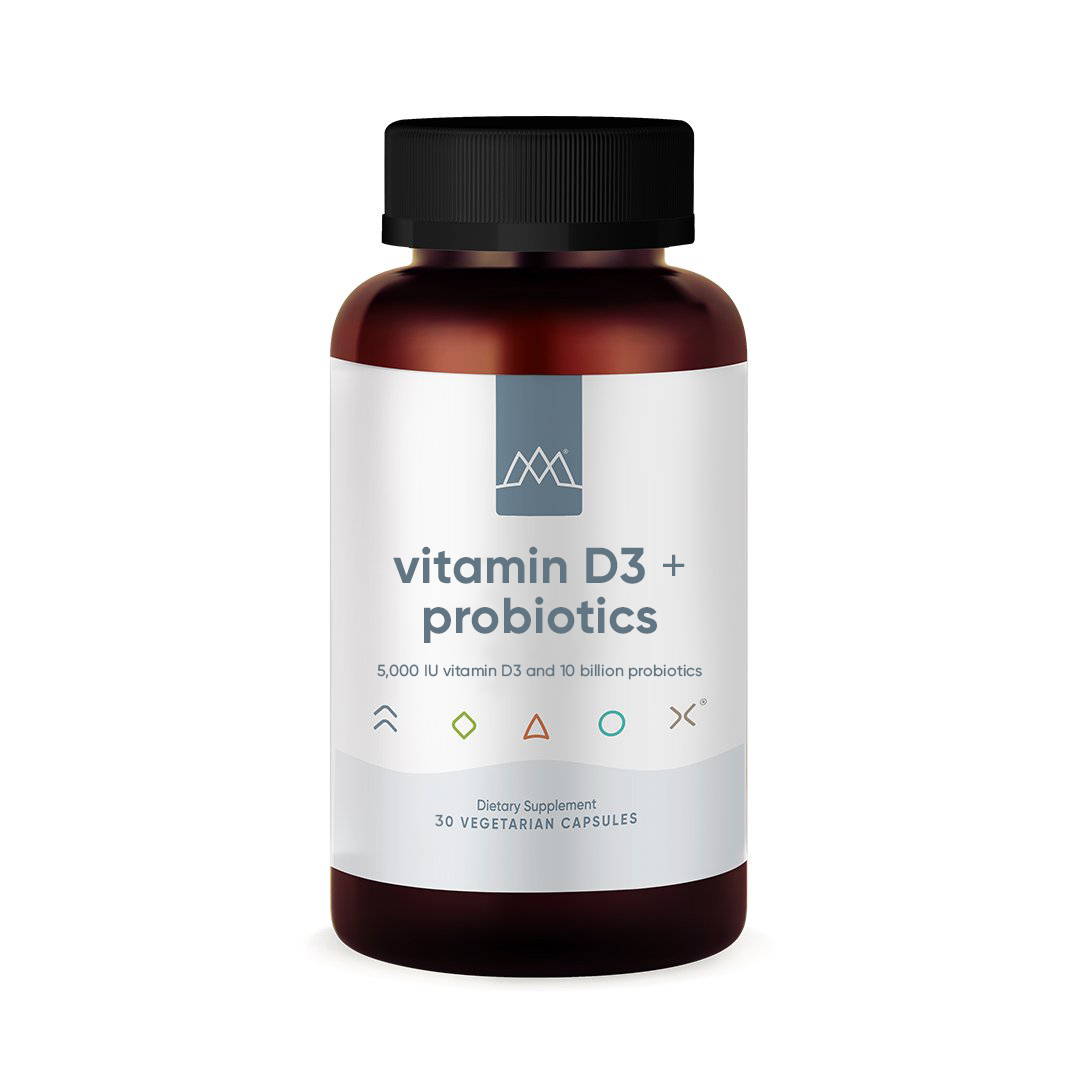Vitamin D
MaxLiving Perspective
Incorporating 5 Essentials™
Core Chiropractic
- Get a chiropractic exam. The nervous system controls and coordinates the rest of the body. Chiropractic care and adjustments work to remove inflammation and interference in the nervous system, allowing for better communication with the rest of the body. (3)
- Maintain regular chiropractic care. Chiropractors can work to help create an ideal nutrition and lifestyle plan to optimize vitamin D intake, as well as implement testing to identify any possible vitamin D deficiencies.
Nutrition
Take a vitamin D supplement. Vitamin D is rarely found in food, therefore supplementation with vitamin D is critical to endure ideal levels. (4)
Consume wild-caught fatty fish, such as salmon. Wild-caught is extremely critical here. Salmon contains vitamin D in fairly optimal amounts, however, one study found that farm-raised salmon had 25% of the vitamin D that wild-caught contained. (5)
Eat eggs - including the yolk. Egg yolks contain vitamin D. The average egg yolk has about 37 IU of vitamin D, which is only about 5% of the daily value.(6)
Mindset
Take vitamin D to promote a healthy mood. Calcidiol is produced by the liver as a byproduct of vitamin D3 breakdown in the body.(7) Some research stated that participants experiencing
Utilize vitamin D to support optimal sleep quality. Research has shown that low levels of vitamin D may actually hinder sleep quality.(8)
Oxygen & Exercise
Get about 10-15 minutes of sun exposure per day. The sun is a main provider of vitamin D. When skin comes into contact with sunlight, it produces vitamin D from cholesterol. (9) Research has shown that the sun UV rays are strongest around noon, making it optimal for getting the most vitamin D in the least amount of time.(10)
Please consult with your healthcare practitioner before starting any exercise program.
Minimize Toxins
Use only BPA-free materials. BPA is an endocrine disruptor, meaning it interferes with hormones. Exposure to BPA, in addition to other endocrine disruptors, may actually deplete vitamin D levels in the body. (11)
Avoid smoking. Smoking hinders the production of active vitamin D in the body, reducing overall blood levels and depleting supply. (12)
Nutrient Support*
Talk to your healthcare practitioner about including these and/or any other nutraceuticals in your dietary practices.
Vitamin D Nutraceutical Recommendations
Nutraceutical
Vitamin D3 + Probiotics
Instructions for Use
1 capsule daily with a meal.
Never modify any medications or other medical advice without your healthcare practitioner’s support.
*For optimal results, we recommend you perform a metabolic analysis profile test, which tests for key biomarkers that identify nutritional deficiencies, toxicities, bacterial overgrowth, and drug effects. Talk with your MaxLiving Chiropractor about the Metabolix Program to get tested and be able to obtain a more customized health plan.
References
1. Nair R, Maseeh A, et al. Vitamin D: The “sunshine” vitamin. J Pharmacol Pharmacother. 2012;3(2):118-126. doi: 10.4103/0976-500X.95506.
2. Ware M. What are the health benefits of vitamin D? medicalnewstoday.com. https://www.medicalnewstoday.com/articles/161618. Updated November 7, 2019. Accessed April 9, 2020.
3. How Chiropractic Care Can Ease Digestive Problems. thejoint.com. https://www.thejoint.com/texas/dallas/casa-linda-28074/how-chiropractic-care-can-ease-digestive-problems. Accessed April 9, 2020.
4. Vitamin D. nih.gov. https://ods.od.nih.gov/factsheets/VitaminD-HealthProfessional/. Updated March 24, 2020. Accessed April 9, 2020.
5. Lu Z, Chen TC, Zhang A, Persons KS, Kohn N, Berkowitz R, Martinello S, Holick MF, et al. An Evaluation of the Vitamin D3 Content in Fish: Is the Vitamin D Content Adequate to Satisfy the Dietary Requirement for Vitamin D? J Steroid Biochem Mol Biol. 2007;103(3-5):642-644. doi: 10.1016/j.jsbmb.2006.12.010.
6. Jones T. 7 Healthy Foods That Are High in Vitamin D. healthline.com. https://www.healthline.com/nutrition/9-foods-high-in-vitamin-d#1. Published December 18, 2019. Accessed April 9, 2020.
7. Vicikova M, Duskova M, Vitku J, Kalvachova B, Ripova D, Mohr P, Starka L, et al. Vitamin D in Anziety and Affective Disorders. Physiol. 2015;34(2):S101-S103. http://www.biomed.cas.cz/physiolres/pdf/64%20Suppl%202/64_S101.pdf. Published 2015. Accessed April 9, 2020.
8. Han B, Zhu F, Shi C, Wu H, Gu X, et al. Association between Serum Vitamin D Levels and Sleep Disturbance in Hemodialysis Patients. Nutrients. 2017;9(2):139. doi: 10.3390/nu9020139.
9. Raman R. How to Safely Get Vitamin D From Sunlight. healthline.com. https://www.healthline.com/nutrition/vitamin-d-from-sun. Published April 28, 2018. Accessed April 9, 2020.
10. Alshahrani FM, Almalki MH, Aljohani N, Alzahrani A, Alsaleh Y, Holick MF, et al. Vitamin D: Light Side and Best Time of Sunshine in Riyadh, Saudi Arabia. Dermaatoendocrinol. 2013;5(1):177-80. doi: 10.4161/derm.23351.
11. Chemical exposure linked to lower vitamin D levels. sciencedaily.com. https://www.sciencedaily.com/releases/2016/09/160920130828.htm. Published September 20, 2016. Accessed April 9, 2020.
12. Hansdottir S, Monick MM, Lovan N, Powers LS, Hunninghake GW, et al. Smoking Disrupts Vitamin D Metabolism In The Lungs. Am J Resp Crit Care. 2010;181:A1425. doi: 10.1164/ajrccm-conference.2010.181.1_MeetingAbstracts.A1425.
Disclaimer
This content is for information purposes only. Any statement or recommendation in this publication does not take the place of medical advice nor is meant to replace the guidance of your licensed healthcare practitioner. These statements have not been evaluated by the Food and Drug Administration. MaxLiving information is and products are not intended to diagnose, cure, treat, or prevent any disease or provide medical advice. Decisions to use supplements to support your specific needs should be considered in partnership with your licensed healthcare practitioner.


